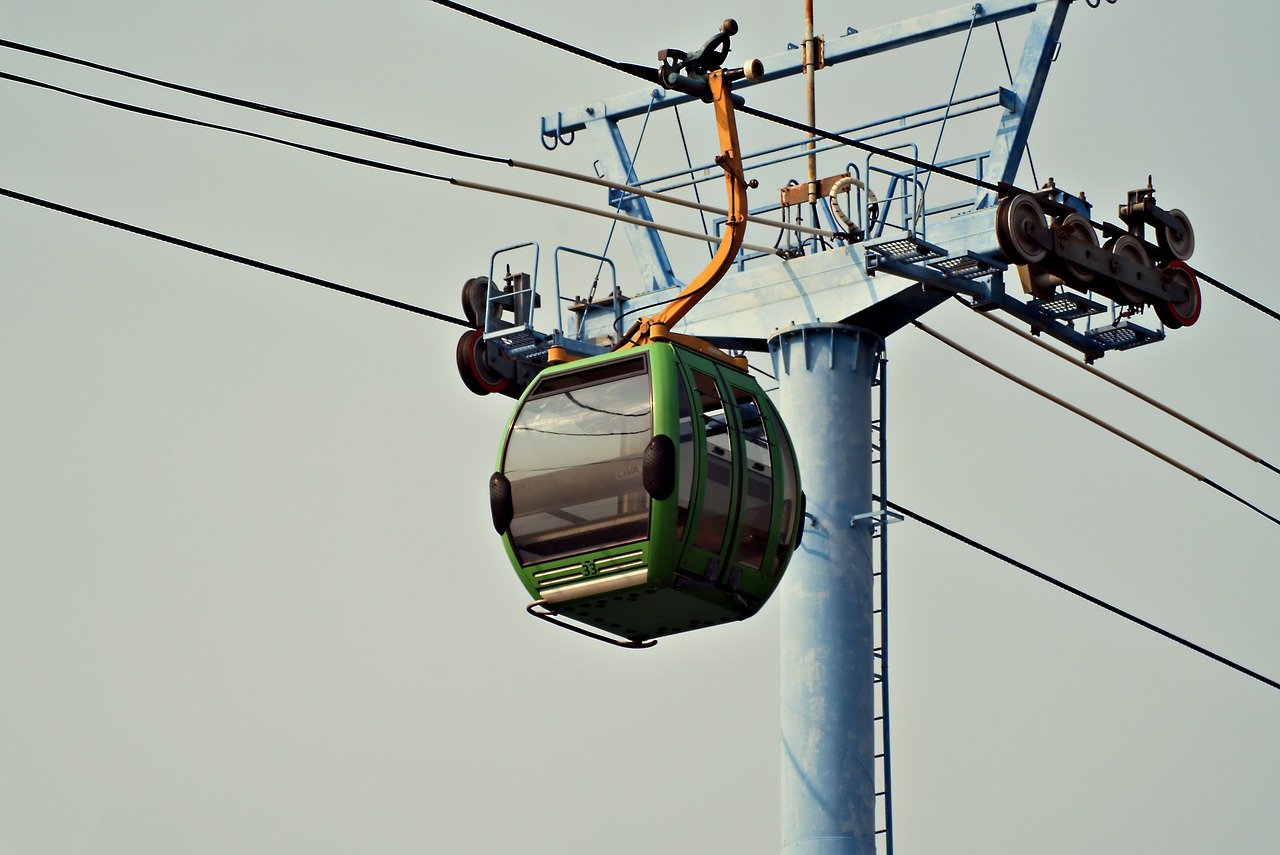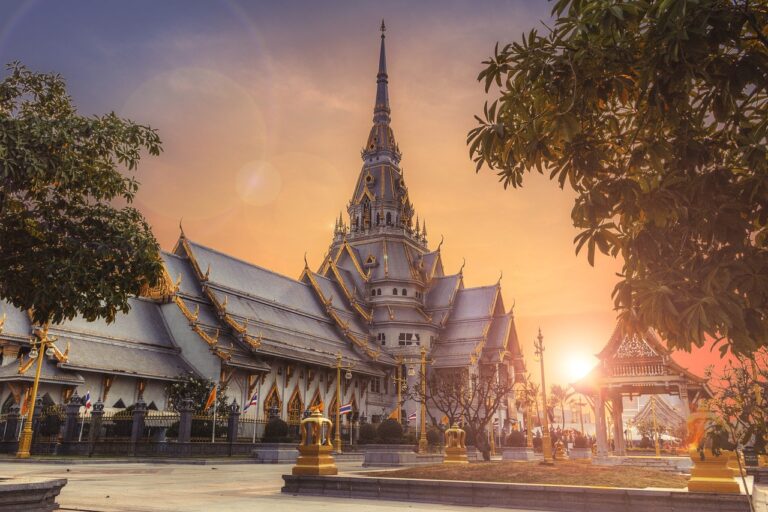Exploring Unique Volcanoes and Lava Fields
Volcanoes are natural formations on the Earth’s surface that result from the eruption of magma from beneath the crust. They can be found on land and even underwater, with some of the most powerful eruptions causing significant damage to surrounding areas. These volcanic eruptions can release ash, rocks, and volcanic gases, impacting the environment and climate.
One key factor about volcanoes is their ability to be dormant, active, or extinct. A dormant volcano is currently inactive but has the potential to erupt in the future, while an active volcano shows signs of eruption and has erupted recently. On the other hand, an extinct volcano is one that is not expected to erupt again, having been inactive for a long period of time. Understanding the status of a volcano is crucial for predicting possible eruptions and mitigating risks to human life and property.
Different Types of Volcanoes
When it comes to the various types of volcanoes, they can be categorized into three main classifications: shield volcanoes, stratovolcanoes, and cinder cone volcanoes. Shield volcanoes are characterized by their broad, gentle slopes due to the flowing of low-viscosity lava. These types of volcanoes are typically not known for violent eruptions, with lava steadily oozing out instead. Mauna Loa in Hawaii is a prime example of a shield volcano.
Stratovolcanoes, on the other hand, are known for their steep slopes and explosive eruptions caused by the buildup of gas pressure within the viscous magma chamber. Mount St. Helens in the United States is a well-known stratovolcano that erupted dramatically in 1980. Lastly, cinder cone volcanoes are small in size and are formed from the eruption of pyroclastic material, primarily consisting of ash, cinders, and rocks. These types of volcanoes often have a distinct conical shape and tend to have short-lived eruptions.
What are the key facts about volcanoes?
Volcanoes are openings in the Earth’s crust where magma, gas, and ash can escape to the surface. They can be found both on land and underwater, and are often associated with tectonic plate boundaries.
What are the different types of volcanoes?
There are four main types of volcanoes: shield volcanoes, cinder cone volcanoes, stratovolcanoes (or composite volcanoes), and lava domes. Each type has its own unique characteristics and eruption patterns.
How do shield volcanoes differ from other types of volcanoes?
Shield volcanoes are characterized by their gentle sloping sides and large, broad shape. They are formed by the buildup of low-viscosity lava flows over time, and tend to have relatively non-explosive eruptions.
What sets cinder cone volcanoes apart from other types?
Cinder cone volcanoes are small, steep-sided volcanoes that are made up of pyroclastic material such as ash, cinders, and volcanic rocks. They often have short, explosive eruptions and can form quickly.
What are some examples of stratovolcanoes?
Some well-known stratovolcanoes include Mount St. Helens in the United States, Mount Fuji in Japan, and Mount Vesuvius in Italy. These volcanoes are characterized by their tall, conical shape and alternating layers of lava and ash.
How are lava domes different from other types of volcanoes?
Lava domes are formed by the slow extrusion of highly viscous lava, which piles up near the vent to form a dome-shaped structure. These volcanoes can be prone to collapse and explosive eruptions due to the pressure buildup of trapped gases.





